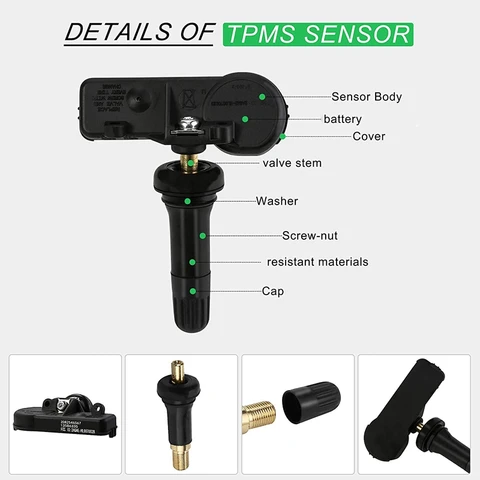Servicing TPMS equipped vehicles profitably can be a challenge without the knowledge, the right parts and the right tools. In spite of all the training programs and technical articles on the subject, there is still a lot of misunderstanding about TPMS, and the confusion between vehicle relearn and sensor programming tops the list.
Vehicle relearn and sensor programming are completely different procedures.
The issue stems from the availability of aftermarket TPMS sensors that come as “programmable”, “universal” or “cloneable” sensor units. These sensors must be programmed with the proper protocol/application information for the vehicle before they can be installed in the tire, and then must be relearned to the vehicle. Unfortunately, some shops overlook the necessary relearn step mistakenly believing the sensor programming did the trick. This misconception can lead to service comebacks and customer complaints.
Vehicle relearn is a standard TPMS service step
Every TPMS sensor must be “relearned” to the vehicle following the prescribed OE relearn procedure after replacement, regardless of whether it is genuine OE or aftermarket. The relearn procedure is mandatory to ensure that not only the replacement TPMS sensor works properly, but also the vehicle’s complete TPMS system functions properly as well. With the exception of some Chrysler and Mazda models that may be relearned to the vehicle via a driving procedure, a TPMS scan tool is required to complete the vehicle relearn procedure.
Sensor programming is an extra TPMS service step
Some aftermarket sensors require special programming to meet the vehicle’s application specifications prior to installation and relearn. These may include “programmable”, “universal” or “cloneable” sensors. In addition to this extra step, technicians may also need to invest in additional specialized tools, training and software to complete the process. And even if a shop has the specialized programming tool, it may need to be updated to provide the latest application or software changes in order to meet the specifications of a particular vehicle.
And even if a shop has the specialized programming tool, it may need to be updated to provide the latest application or software changes in order to meet the specifications of a particular vehicle.
Multi-application sensors are pre-programmed
Multi-application TPMS sensors, such as the REDI-Sensor Sensor, do not require this extra programming step because they are already loaded with the proper programming needed to function with the vehicle’s TPMS. These multi-application sensors can help reduce lost service time, eliminate unnecessary expenses and training and cut down on customer complaints and comebacks.
Ready to use out of the box
REDI-Sensor is a multi-application TPMS sensor works exactly like the OE sensor. It is pre-programmed and ready for the vehicle relearn procedure as soon as the technician takes it out of the box and installs it in the tire. REDI-Sensor follows the standard OE vehicle relearn procedures, and works with all major TPMS scan tools, including those from ATEQ, Bartec, OTC / SPX, K-Tool (T. I.P.S.) and Snap-on.
I.P.S.) and Snap-on.
Furthermore, REDI-Sensor covers over 85% of all vehicles in North America with only three sensor part numbers and replaces over 140 OE sensors.
Video from REDI-Sensor
Programmable TPMS sensors revolutionized TPMS. They are a huge benefit to shops looking to increase inventory turns and are a saving grace during these times of extreme part proliferation. However, a very common and costly mistake at the shop level is confusing “programming” a sensor with to “relearning” the vehicle. Programming does not equal relearning. The technician can go through all the typical TPMS service steps flawlessly and relearn the vehicle, only to find the TPMS light still illuminated on the dashboard.
Naturally, if the TPMS light is still on after a careful TPMS service, the sensor is assumed to be at fault and a call is made to the sensor manufacturer.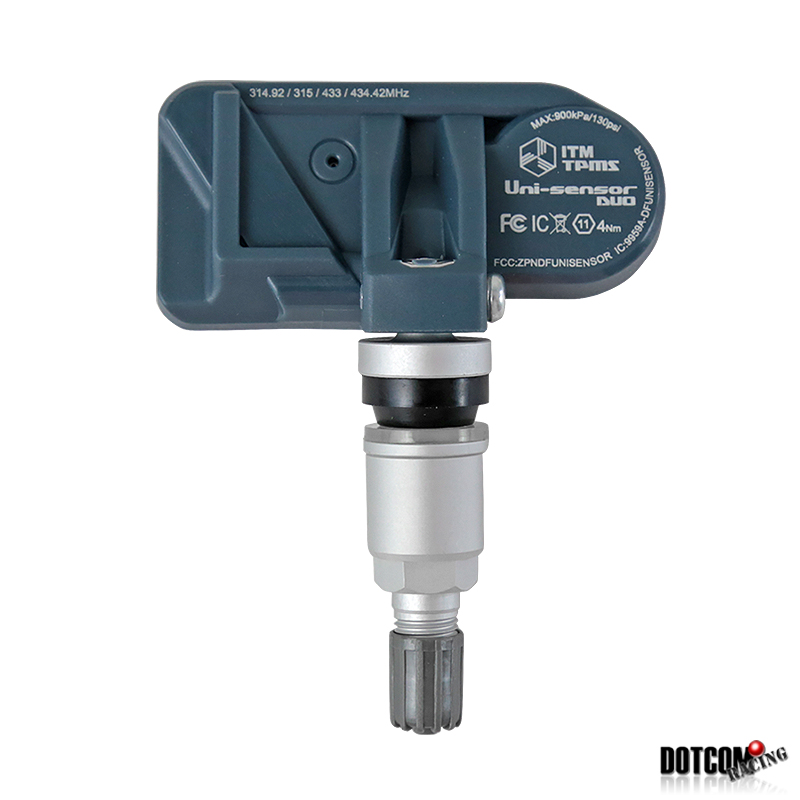 The first question the hotline operator will ask is if they “programmed” the sensor before relearning it to the vehicle. Often in the industry, the terms “programming” and “relearning” are confused with each other or used interchangeably when in fact, that is completely incorrect. Let’s save your shop some time and money and explore the important difference between programming a sensor and relearning a vehicle.
The first question the hotline operator will ask is if they “programmed” the sensor before relearning it to the vehicle. Often in the industry, the terms “programming” and “relearning” are confused with each other or used interchangeably when in fact, that is completely incorrect. Let’s save your shop some time and money and explore the important difference between programming a sensor and relearning a vehicle.
Programming a sensor is an essential step when working with universal or “programmable” TPMS sensors. These sensors come completely blank out of the box and they need to be programmed (also referred to as “activated”) to the unique make, model and year of the vehicle being serviced. Without this step, you are inserting a blank sensor into the tire. The sensor will not transmit any signal to the ECU and the vehicle will think the sensor is missing. This will cause the TPMS telltale light to remain lit on the dashboard.
Think of it like your TV subscription service. You have to tell your TV what movie to play. It is a crucial step for you to enjoy movie night. If you don’t physically tell your TV what you want to watch, then nothing will play at all. It is the same with your programmable TPMS sensors. You have to tell the sensor which vehicle you want it to work for, otherwise, it won’t transmit anything at all. It must first be programmed to the make, model and year of the vehicle being serviced.
It is a crucial step for you to enjoy movie night. If you don’t physically tell your TV what you want to watch, then nothing will play at all. It is the same with your programmable TPMS sensors. You have to tell the sensor which vehicle you want it to work for, otherwise, it won’t transmit anything at all. It must first be programmed to the make, model and year of the vehicle being serviced.
On the other hand, relearning a vehicle is a completely different step. The purpose of programming a sensor is to tell the sensor which vehicle it is being used for, whereas relearning the vehicle actually tells the vehicle which sensors are in which tires. The vehicle’s ECU records the four (or five) sensor IDs and their position so that the unique IDs installed in the tires are correctly recognized by the vehicle.
During a relearn, a compatible TPMS scan tool is used to “wake up” or “ping” each sensor, one at a time, and the sensor’s individual ID is stored. Once completed, the vehicle knows where to get its readings and how to display each tire’s individual pressures correctly, if the vehicle has a wireless auto location feature.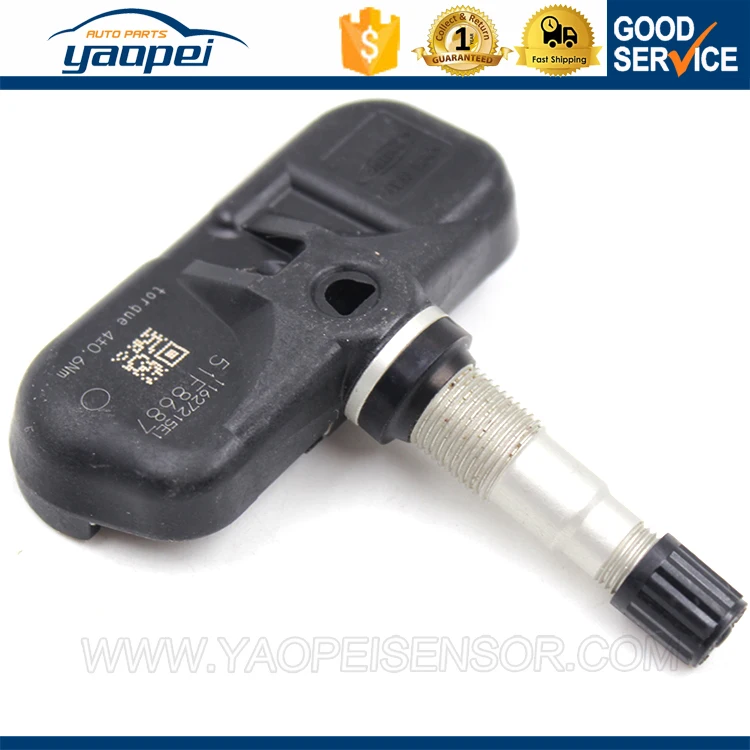 A relearn is required any time a new sensor ID is introduced to the vehicle or when the tires are rotated.
A relearn is required any time a new sensor ID is introduced to the vehicle or when the tires are rotated.
It is very important to train your shop on the difference between programming a sensor and relearning a vehicle as they serve completely different purposes when it comes to proper TPMS service. These two functions each serve as unique steps and are both equally important. Without both properly performed, the TPMS light will remain illuminated after service.
Jacki Lutz is the Global Head of Communications, Training and E-Commerce for Schrader TPMS Solutions, a global leader in TPMS. She is a TIA ATS instructor and serves on a variety of industry boards.
Dear customers, we are glad to present you our new services!
Sale, installation, cloning and flashing of unique programmable tire pressure sensors.
Tire pressure sensor - a device for directly measuring the pressure and temperature of the air in the tires of a car.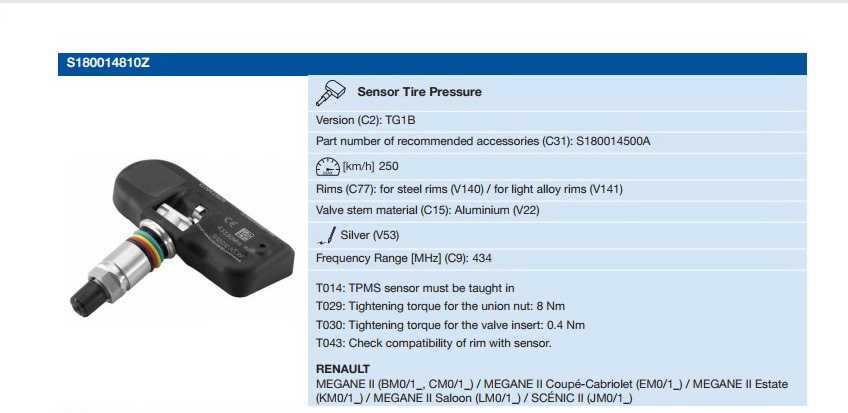 The tire pressure readings are transmitted by the sensors to the indicators on the side panel, with a critical change in the readings, an alarm signal is transmitted.
The tire pressure readings are transmitted by the sensors to the indicators on the side panel, with a critical change in the readings, an alarm signal is transmitted.
Car enthusiasts and professional drivers are convinced that the installation of tire pressure sensors helps prevent accidents, tire and body wear, and reduce fuel consumption. You can install a tire pressure sensor yourself, but a specialist must perform its initial registration in the on-board computer.
KOLOBOX Group offers unique services for the selection, installation and registration of tire pressure sensors from manufacturers:
Uni Sensor
Autel
All tire pressure sensors have their own unique code/ID. On American, Japanese and Korean cars equipped with a standard TPMS system, only one set (4 sensors) can be registered in the on-board computer. Based on this, having two sets of wheels, you will have to contact an authorized dealer for each seasonal wheel change to bind them.
Based on this, having two sets of wheels, you will have to contact an authorized dealer for each seasonal wheel change to bind them.
Using special equipment, we can make copies of sensors identical to your original sensors, the system will not notice the substitution.
With the help of special equipment, without disassembling or removing your wheels with original sensors / sensors, the codes / ID of the original sensors are read, then this ID is written into our programmable sensors, clones of the originals are obtained, which the car perceives as its own.
Also, the ID can be read from the on-board computer of the car using the diagnostic connector. Our system allows you to manufacture and prescribe both a set of sensors and one sensor
When driving, keep in mind that tire temperatures may rise, especially in summer.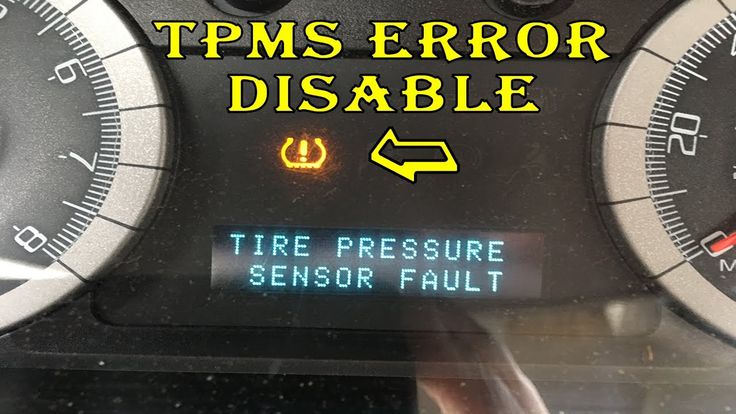 Every 10 degrees can increase the pressure by 0.1 atm, if the temperature rises to 100 degrees, then the tire pressure will exceed the safe value!
Every 10 degrees can increase the pressure by 0.1 atm, if the temperature rises to 100 degrees, then the tire pressure will exceed the safe value!
Pressure sensors monitor tire pressure to ensure even tire contact with the road. Due to this, the rubber wears out less. If a tire is damaged, you will immediately know about it and will be able to quickly respond without getting into an emergency and eliminate the deformation of a flat tire.
Incorrect tire pressure increases your vehicle's fuel consumption.
If the tire pressure is incorrect, the vehicle can behave unpredictably in an emergency!
Book an appointment for tire fitting (services)
Point of sale addresses
Tire pressure and temperature monitoring system (TPMS) TP538SN is used for trucks
with up to 38 monitored wheels .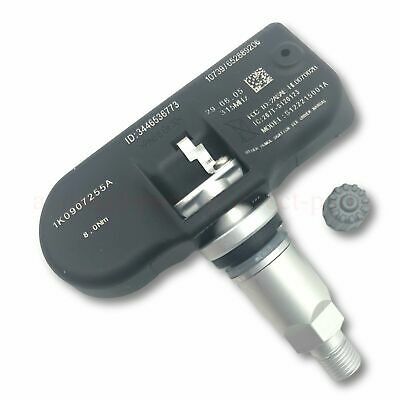
The TPMS kit includes 6 to 38 internal pressure and temperature sensors .
Internal sensors are mounted in rims instead of regular nipples with subsequent wheel balancing
.
sensors continuously measure pressure and temperature tire air and transmit data to the
display via radio. Information about the pressure and temperature in each tire is displayed on the display
alternately cyclically. If the readings go beyond the set values,
an audible signal will sound indicating the problem tire.
Sensors can be independently linked (programmed) to any position on the display (according to the instructions).
The display is installed on the front of the car or on the windshield using
holder with suction cup. The solar battery ensures the operation of the device during the daytime
without recharging. There is a micro USB port for recharging.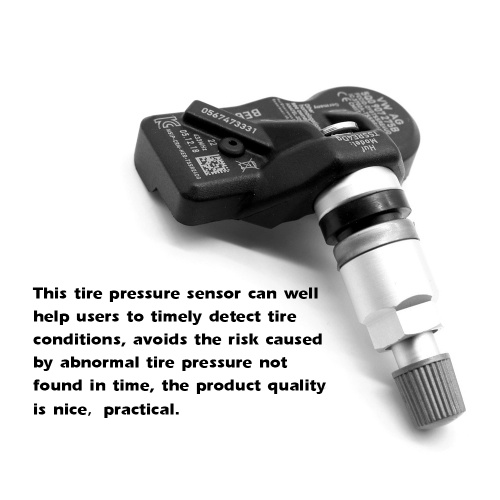
Pressure units Bars (atmospheres) or Pascals are selected in the display settings.
The sensors are equipped with a battery CR2050 (3 volts), if necessary, it is easily replaced .
For reliable signal transmission from internal sensors to the display, repeater .
The repeater is installed in the middle or rear of the car/trailer, where it is possible to connect
to the on-board network (12 or 24 volts - plus and minus), for example, to the rear position lights.
TPMS system set:
Display - 1 pc.
Holder with suction cup - 1 pc.
Holder for screws - 1 pc.
Internal pressure and temperature sensors with nipple - order quantity
Repeater - 1 pc.
Instruction manual in Russian - 1 pc.
Note: The adapter and micro USB cable for charging the display are not included.
Technical data:
Pressure measurement range: 0 - 15.